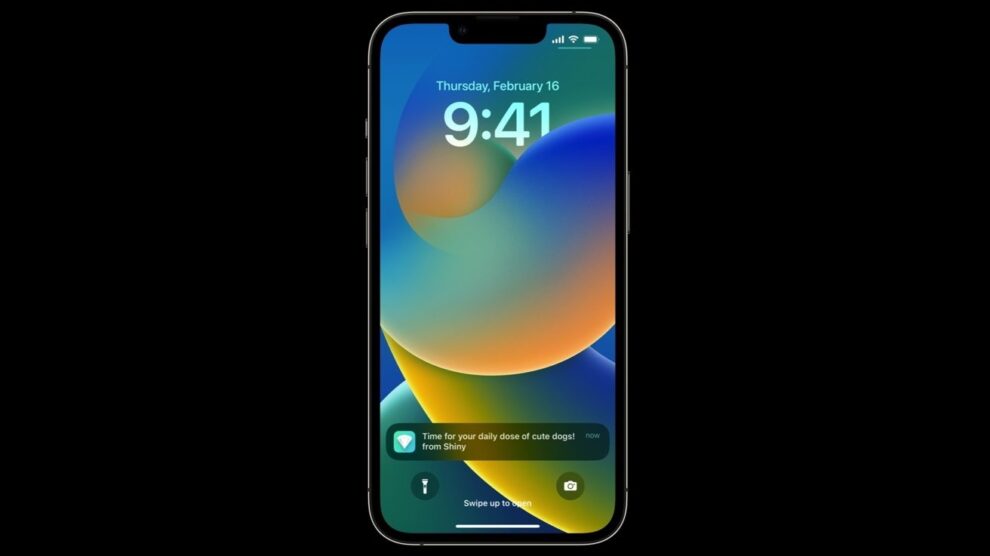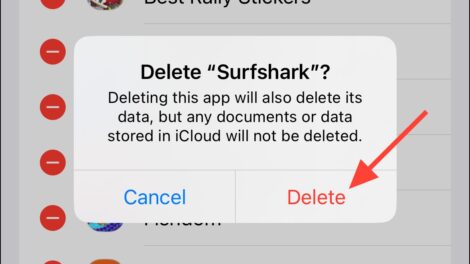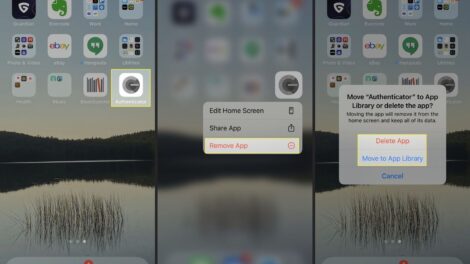Progressive web apps (PWAs) have garnered attention over recent years for bringing app-like convenience to web experiences on mobile devices. But recent reports suggest PWAs could see reduced functionality in iOS 17.4, especially in Europe.
This article clarifies changes affecting PWA capabilities on iOS, assessing real world impact and speculating what the future holds for website installability on iPhones.
Recapping PWA Benefits
First, a quick PWA primer. PWAs represent specially designed websites mimicking native apps through home screen icons and push notifications without official App Store publishing.
For users, main advantages include easier access to content minus installations. And for developers, reaching iPhone owners without the App Store approval process or commissions offers sizable appeal.

PWA Limitations Introduced in iOS 17.4
Recently, Apple community forums lit up with confusion whether iOS 17.4 entirely removed support for progressive web apps. The reality proves more nuanced.
Specifically in the EU, Apple must comply with updated Digital Markets Act guidance around app sideloading protections by disabling certain PWA capabilities.
This translates to no more adding sites to the home screen or push notifications without App Store review. But core website functionality remains unaffected.
Situation Remains Fluid
Now here is where the waters get muddy. Changing legal interpretations around DMCA scope means Appledevelopers must tread carefully about precisely which PWA features face jeopardy until cementing final policy.
For now Apple confirmed PWA home screen icons and notifications disappeared from EU iOS devices running recent 17.4 updates. However this seems limited to the region at present.
Implications for Users and Developers
Determining real-world impact requires assessing how restricting certain PWA functions impacts end user experience and consequences for publisher implementation considerations.
Potential Inconveniences for Users
Community reactions indicate eliminating home screen access disappoints some iPhone owners. Without icons for favored PWAs, easier one tap access goes away. This disadvantages publishers not hosting iOS apps.
The removal of notifications also risks breaking certain usage flows depending on website mechanics. Overall it reintroduces moderate friction without install conveniences.
Additional PWA Development Burdens
Adapting progressive web apps to changing guidelines also introduces headaches for developers. Supporting variable capabilities matching each iOS version per region requires engineering resources.
Technical impact spans adjusting manifest files, confirmation flows and keeping abreast of policy shifts as Apple interprets DMCA ramifications.

What Does the Future Hold for iOS PWAs?
Managing unknowns around regulator response and Apple support intentions, PWA longevity on iOS remains uncertain.
There is speculation that Apple may begrudgingly open doors for progressive web apps thanks to mounting enterprise pressure. But concrete plans are unavailable publicly for now.
Contingency Options for Developers
Unclear iOS instructions leave PWA creators weighing options. Some may build native iOS apps guaranteeing feature stability. Others seem intent waiting out uncertainty given Web development efficiency advantages despite headaches.
Alternatives like HTML5 caching fuse middle paths strengthening offline reliability and access. But losing notifications or install abilities unavoidably degrade mobile site experiences on iOS.
The App Store Still Rules—For Now
As it stands, Apple remains gatekeeper governing third party software’s functionality on iPhones. This leaves progressive web app publishers beholden to their resolution guiding PWA directions for the platform.
However, if regulator pressure mounts enforcing DMCA scope, a reckoning may emerge around App Store dominance in due time.
Summarizing the iOS PWA Situation
In closing, PWAs face recently introduced uncertainty on iOS largely stemming fromInterpretations around legal technicalities determining site installability versus native apps.
Current restrictions imposed on EU devices seem to disable home screen icons and notifications — but pure website access remains unhindered for now.
Still early, the circumstances remain in flux pending further evaluation from Apple and global policymakers. But there is little doubt PWAs entered new complexity supporting iPhones that developers must accommodate.
Stay tuned for further details as future iOS updates should indicate Apple’s strategic directions for progressive web apps and the contentious App Store ecosystem overall.










Add Comment